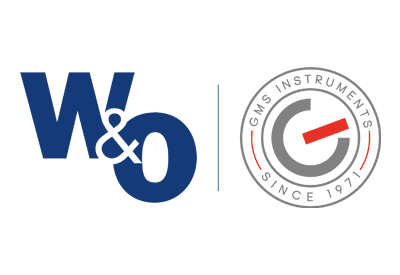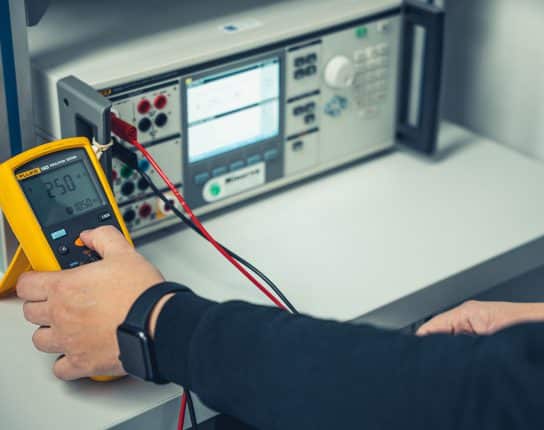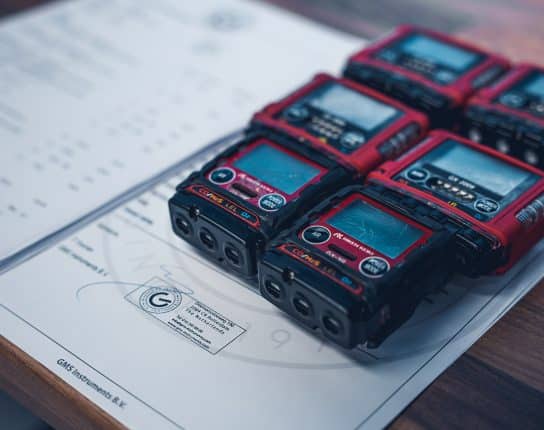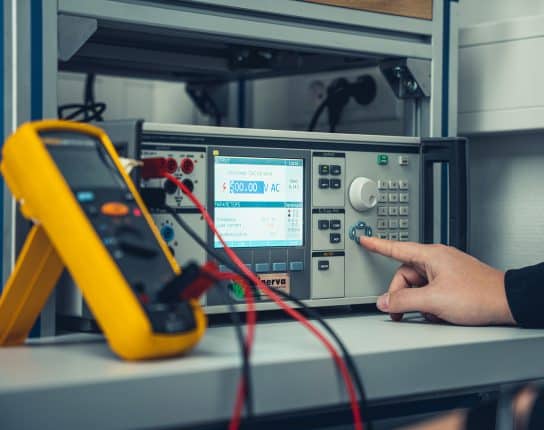
How to test your ballast water: Step-by-step guide
In the maritime industry, maintaining the integrity of ballast water is very important for environmental protection and compliance with international regulations. Ballast water can unintentionally introduce invasive species into new environments, bringing risks to marine ecosystems. GMS Instruments understands the importance of regular ballast water testing and is here to guide you through the process of doing it yourself. This step-by-step guide will ensure that your vessel not only meets regulatory standards but also contributes to the preservation of marine biodiversity.
Why should you test your ballast water?
Testing ballast water is critical for several reasons:
- Compliance: Adhering to the International Maritime Organization’s (IMO) Ballast Water Management Convention (BWM Convention) is essential for all operating vessels.
- Environmental protection: Preventing the transfer of harmful aquatic organisms and pathogens protects biodiversity and local ecosystems.
- Operational efficiency: Regular testing can help identify issues before they become costly problems, ensuring smoother operations.
What you’ll need:
Before you begin, ensure you have the following tools and kits, which are available on stock:
- Ballast water test kit (including sample bottles, pipettes, and testing strips)
- Personal protective equipment (PPE) such as gloves and safety glasses
- A standard camera or smartphone for recording results
- A notebook or digital device for note-taking
Step 1: Collecting the sample
- Safety first, we highly recommend you to always wear PPE while collecting samples.
- Identify the sampling points in your ballast water system. It’s advisable to sample from both the discharge and intake points to get a comprehensive view of the water quality.
- Use the sample bottles to collect water from these points. Ensure the bottles are labelled accurately to avoid any mix-up.
Step 2: Conducting the ballast water test
- Follow the instructions provided with your ballast water test kit. This will typically involve adding a certain amount of water to a testing strip or inserting the strip into the water sample.
- Wait for the prescribed time mentioned in the test kit instructions for the results to develop.
Step 3: Interpreting results
- Compare the colour change on the testing strips to the colour chart provided with your kit. This will indicate the concentration of any harmful organisms or pathogens present in the ballast water.
- Document the results thoroughly, including the date, time, and specific sampling points.
Step 4: Taking action
Based on your findings, take the necessary steps to address any issues. This could involve:
- Adjusting treatment procedures if the ballast water does not meet the required standards.
- Contacting a professional service for more detailed analysis or treatment if needed.
Regular ballast water test
Testing ballast water is a proactive step towards environmental improvement. By following this guide, you can ensure your vessel plays its part in protecting the marine environment. GMS Instruments offers a wide range of testing kits and expert advice to support you in maintaining safe and compliant ballast water practices.
Remember, consistent testing is key to understanding and reducing the impact of your ballast water discharge. For more information, take a look at our product catalog for all your maritime instrument needs.
Related
More of the same



